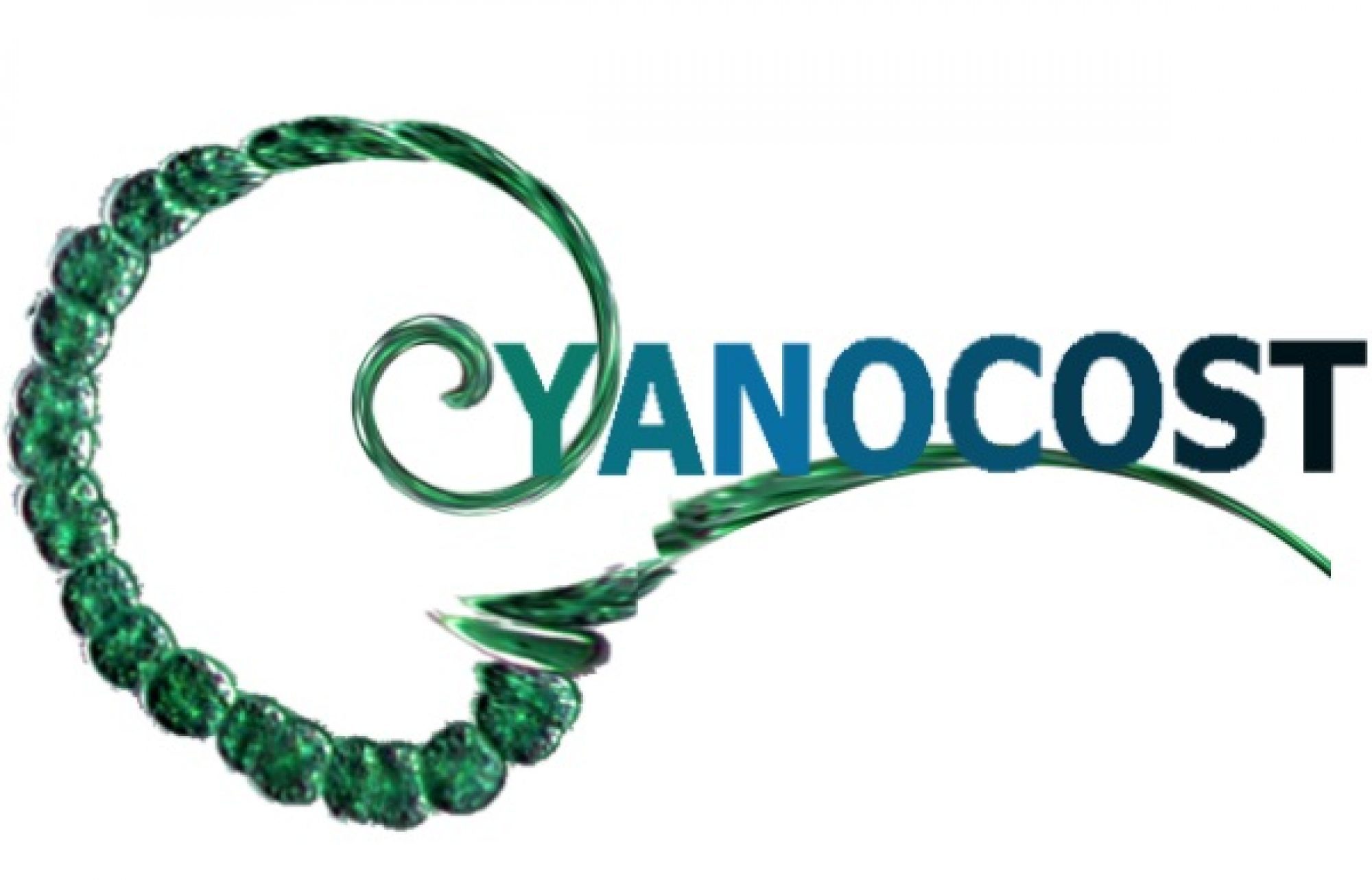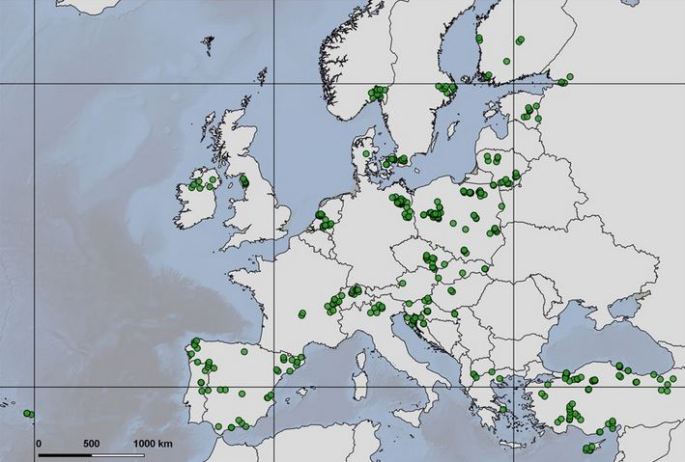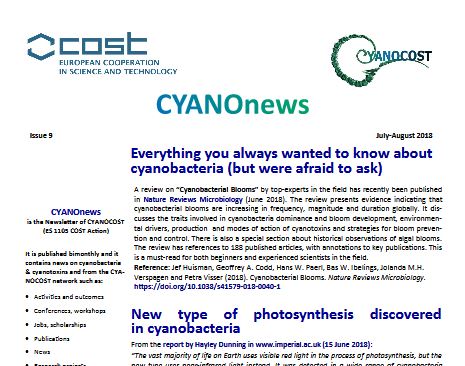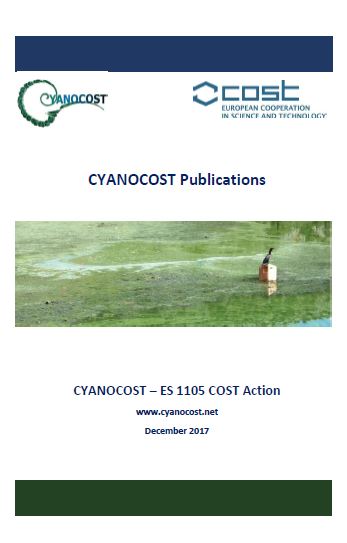The European Multi Lake Survey (EMLS) in summer 2015 was an initiative among scientists from 27 countries to collect and analyse lake physical, chemical and biological variables in a fully standardized manner. The first product of the European Multi Lake Survey (EMLS) was published by Mantzouki et al. (2018) in Toxins. Following this publication, the dataset of in-situ lake variables along with nutrient, pigment and cyanotoxin data of 369 lakes in Europe, is now published in Scientific Data (Mantzouki et al. 2018). The data can be found and downloaded from the Environmental Data Portal (EDI). EMLS was coordinated by Evi Manzouki and Bas Ibelings from the University of Geneva, and supported by COST Actions Netlake and CYANOCOST.
References:
- E. Mantzouki et al. (2018). A European Multi Lake Survey dataset of environmental variables, phytoplankton pigments and cyanotoxins. Scientific Data 5, 180226. https://doi.org/10.1038/sdata.2018.226 .
- Data citation: Mantzouki, E. et al. (2018). Environmental Data Initiative https://doi.org/10.6073/pasta/dabc352040fa58284f78883fa9debe37











